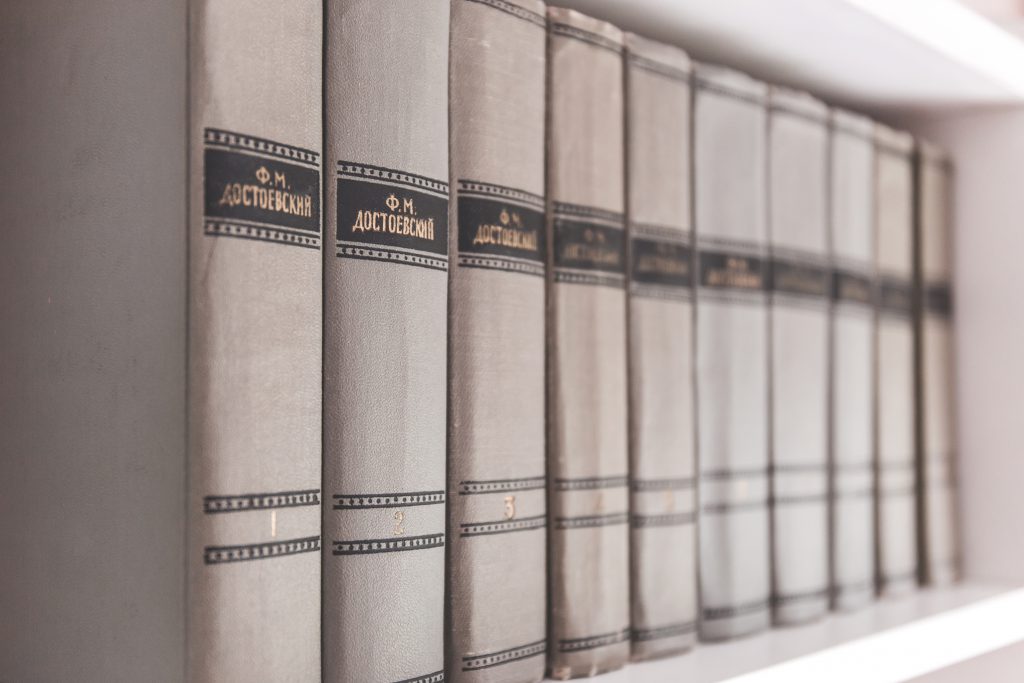Mahadev Cricket Id App Strategies For Newbies
The main ethnic group predominant here including Kimathangka and Chepuwa are the Shingsawas (farmers). Good suummary. Should expand to include a note on using nasals of the following letter group for word ending anusvaara. This is a brief biographic note on Sir George Everest and a plea for restoration of his house, with its rich history relating to the Great Trigonometric Survey of India. Prior to his acting debut, Malik played first class mahadev cricket id app in India. Our journey began at the village of Num in Sankhuwasabha district of eastern Nepal in October 2017 to trek to Makalu base camp first and later follow the Arun valley upstream until Kimathangka. Her waters first collect north of the wall of peaks, flowing slowly across the barren expanses of Tibet, a sparse land dwelling in the rain shadow of the Himalaya. Located on a rare flat plateau amidst the hills and surrounded by terraced fields, with Arun flowing deep below, this pristine setting is now getting bulldozed by road construction, being just 14 km away from Kimathangka. The Arun is the largest trans-Himalayan river passing through Nepal and is snow fed, originating from the Yebokanjilala glacier in Tibet below Shishapangma (8027 m).

Here, at its headwaters, the river is known as Man Qu, and later as Peng Qu for most of its course in Tibet. Here, we would cross Arun and continue further east, according to our intended plan. Past the petite hamlets of Simma, Pathibara and Ekuwa (overnight camp) we reached the check-post village of Gola situated at the confluence of Arun with Wang Khola. Going past a long mani wall at the end of which was a chorten with an unusual sign that read Ganatantra Chowk (Republic Junction) we reached our lodge. And with that mention of Paul Wise’s essay, I’m going to turn the baton over to Karl Eikenberry, who leads a project that both Paul Wise and I are also a part of. A switchback trail followed, at times hardly a foot wide and masked by over growth, through dense jungle with large stands of bamboo. Many switchbacks followed, some streams were crossed, but overall it was a steep ascent. A long haul of switchbacks followed through the villages of Gimber and Chepuwa across fields, bridged tributaries and dense stands of forest.
These border villages depend on supplies from China for their day-to-day living and everybody was quite in favour of the road reaching this remote region, especially for access to schools and hospitals. A fallout of this project (and two more proposed RoR projects, the Upper Arun IV near Hatiya – Chepuwa and the Kimathangka HEP project) is the construction of the 362- km north-south Kosi highway connecting remote Kimathangka via Num to the town of Biratnagar in the plains. High above Arun valley now, with only fleeting glimpses of it, we switched between sections of the road under construction and the pristine mule trail along stands of shrub jungle and golden fields of ripening millet and cardamom plantations. The trail to the next village Hatiya ascended deep in the jungle. Past this village the trail descends steeply to Arun, and at a place called Hikchu, we crossed it for the last time on a steel suspension bridge. The tree tomato (tamarillo) found abundantly in the Makalu-Barun area and here was ripe at this time of the year and we greatly enjoyed copious portions of the chutney made from this sour fruit. Well past Gola, the distant roar of Arun now became very audible and soon, we were on a sandy flat terrain which was Barun Doban right beside the confluence of the clear waters of Barun (from the Makalu area) and the murky waters of Arun.
Joined by some tributaries, the Peng Qu crosses the Himalayan ranges south of the village of Kharta at 2175 m to enter Nepal at the border village of Kimathangka as the Arun. The single official there gently told us not to go to Kimathangka and we assured him that we would not do that. When we landed at Num, with official permits and papers intact, we were rather numbed by the unexpected turn of events. Event: Dance performance, Prayers and music events. 2. The festival is believed to commemorate the cosmic dance of Lord Shiva, known as the Tandava, which symbolizes the cycles of creation, preservation, and dissolution of the universe. Lord Shiva quotes resonate with the seekers of truth, encouraging them to walk the path of righteousness. During Maha Shivaratri, devotees engage in the ritualistic worship of the Shiva Lingam. Chepuwa is a large village with a police check post which was fortunately closed when we came in. From here, across the valley, we could clearly see Num (and the police check post) sitting plum on a promontory with Arun winding deep below and the zig zag scars of road construction in between.

